University Courses 2013/14
Volta students have an opportunity to meet their Director of Studies through a series of meetings during Freshers' Week. On October 8th R Bottinelli will illustrate the pre-clinical Medical Courses at Pavia (Golgi and Harvey) at 5.00 pm and S Govoni will outline the Pharmacy Courses at 6.00 pm. On October 9th G Rampa will explain the Courses in Economics at 5.00 pm and M Pampanin will follow describing the Law Courses at 6.00 pm. On October 10th C Cinquini and A Ferrara will illustrate the Courses in Engineering at 5.00 pm after which G Guizzetti will discuss the Courses in Physics at 6.00 pm. The meetings are aimed at new members of College but all students are invited because the Director of Studies will overview the whole Courses and the subjects studied at different years.
Autumn Bikes Cull
The customary autumn cull of old and abandoned bicycles is underway. On Monday the 30th of September old bicycles will be tagged and on Friday the 4th of October unclaimed bicyles will be disposed from College. It is expected that the cull will free approximately twenty places in the College bike racks for freshers moving into College in the next couple of weeks and bringing their own bike.
Intesa San Paolo Bursaries
The Intesa San Paolo Bank Foundation has opened a call for a bursary scheme for students enrolled at the University of Pavia.
The fund available is € 25,000, with individual bursaries between € 1,500 and € 3,000 each. This a hardship scheme, is a scheme for students who find themselves in financial difficulties or suffer physical or mental disabilities.
Details of the scheme and instructions for applications (in Italian) are available from the following link: Bando di Concorso per l' assegnazine di contributi a favore di studenti universitari, which also contains an application form. Volta students who have been unable to reach the EdISU threshold for application for bursaries and/or College placements and who may have seen their financial situation or that of their family change in recent times are strongly encouraged to consider an application.
The deadline for application is 31 October 2013.
Prize Students 2012/13
The Prize students for the academic year 2012/13 have been announced during the General College Assembly of 7th October 2013 and included four College undergraduates and four MSc students. There were two prizes in Medicine, one for the 3 year Courses and one for the 6 year Courses (Golgi and Harvey). The College wishes to congratulate all eight students for their superb achievement.
Undergraduates
Name: Michela Arnaudo
Course: Obst & Gynaecology, Year: 3
Name: Beatrice Lena
Course: Physics, Year: 2
Name: Laura Croce
Course: Medicine, Year: 6
Name: Giuseppe Siciliano
Course: Engineering, Year: 3
Msc Students
Name: Rosalia Cacciatore
Course: Biology, Year: 1
Name: Federico Vecchietti
Course: Engineering, Year: 2
Ame: Petra Gurisova
Course: Economics, Year: 1
Name: Marco Cobianchi
Course: Physics, Year: 1
Students Committees 2013/14
General elections have been held in the week starting on 28th of October 2013 resulting in the following students being elected to the VSU executive, the House Committee, the Library Committee and the Sports Committee. The Committees have taken up their role in College on 31 October 2013.
Volta Students' Union Executive
Name: Giorgio Badessi (President)
Course: Medicine, Year 2
Name: Benedetta Broggi
Course: Medicine, Year 2
Name: Giuseppe Siciliano
Course: Computer Engineering, Year 1 (MSc)
Name: Dario Bonaretti
Course: Economics, Year 2 (MSc)
Other Committees
House
R Collotta, Child Neurology,Year 2, Giuseppe Semeraro, Pharmaceutical Science, Year 3
Niccolò Previati, Construction Sci, Year 2, (Diploma)
Library
Daniela Conforti, Bioengineering, Year 3, Chiara Francioso, Biology,Year 2,
Innocenzo Ferraro, Biology, Year2 (MSc)
Sports
Simone Veneroni, Medicine, Year 3, Luana Biondo, Pharmacy, Year 5, Andrea Gallone, Electronic Engineering, Year 1
Students' Union
The Volta Student's Union (VSU, ASV in Italian) is the main College student body. The VSU exists in order to represent students' interests, promote cultural and social life, maintain links with other College or University student societies in Pavia and contribute ideas to College management. At the beginning of the year College students elect a four member Executive that coordinates VSU policy and meets the Master and College staff officially formally three times a year and informally on a regular basis. College students also elect each year a four member Library Committee that advises College on the running of the two College libraries, study rooms and computer rooms. The Library Committee collects proposals from students for new journals, books and DVDs and for upgrading communal computers and printers. The Library Committee meets the Master and College staff three times a year. Finally, students elect a Sport Committee that coordinates the sport activities in College, especially team sports. Notwithstanding the presence in College of several athletes of international standard, Volta needs to develop further its role in University sports arena.
Studying Abroad
Several College students have, in previous academic years, studied abroad under the Erasmus scheme. Starting from 2013/14, Volta will actively encourage College students to study abroad for several months or, where possible, for a full academic year. The College will offer advice and support toward study visits and the schemes and funding available in order to ensure wide participation. It will also introduce new schemes dedicated to themembers of Volta.
Starting from the academic year 2013/14, the College will actively manage periods of study abroad as follows:
Erasmus
There are two Erasmus scheme currently in place: so-called Erasmus study and Erasmus placements. The two schemes differ because the first one involves registration at the University being visited, Course attendance and examination(s). The second one is more flexible and is suitable for students who seek a period of training in a University laboratory or a clinical Department or in a company. The deadline for applications are given in the Table below. The College will collect expression of interests in either scheme at the start of the academic year and will provide support in addition to the one available to all students through the University Erasmus office.
DAAD
The Deutscher Akademischer Austausch Dienst (DAAD) or German Academic Exchange Scheme offers an impressive number of schemes that cater from yr undergraduates across to MA, MSc and PhD students (and lecturers as well) for periods of study and training at German Universities. The scheme provides generous financial support and access to German language Courses although students lacking German may apply for placements at a large number of Courses taught in English at German Universities.
EdISU
In addition to the University-managed Erasmus schemes, EdISU has three schemes in place with two European Universities (the University of Konstanz in Baden Wurttemberg, Germany and Trinity College Dublin in the Republic of Ireland)and several American Universities subscribing to the ISEP scheme. These schemes enable visits of 3 to 8 months and are supported through a bursary scheme through which successful applicants receive € 550 per month, in addition to their basic EdISU bursary for students in receipt of EdISU bursaries, and a travel grant of up to € 150 for study at a European University and € 500 for study at a non European University. Students of Medicine have access to a further study abroad scheme managed by SISM, the Italian Secretariat of Medical Students. SISM exchanges have a duration of one to two months and, under current arrangements, provide free accommodation.
Collegio Volta
The College is exploring further students’ exchange scheme, in addtion to the ones outlined above, with several Universities with a Collegiate system and expects that the first such scheme will be activated during the academic year 2014/15, after the official opening of Collegio Volta. The College-backed schemes will enable selected students to study at the relevant University for periods of 1 to 3 months during the summer. Table 1 below summarises all schemes available to students registered at the University of Pavia for travel and study abroad. Although the largest schemes are the EU ones (Erasmus), there are a number of other useful schemes that Volta students may wish to consider. Students should also bear in mind that several of the schemes request demonstrable knowledege of the English language. It is essential therefore that students approach the office in question at the University (details at the bottom of Table) in considerable advance in order to receive additional informations about eligibility and requirements and complete the relevant applications well ahead of the deadine.
Main schemes for study abroad available to students registered with the University of Pavia
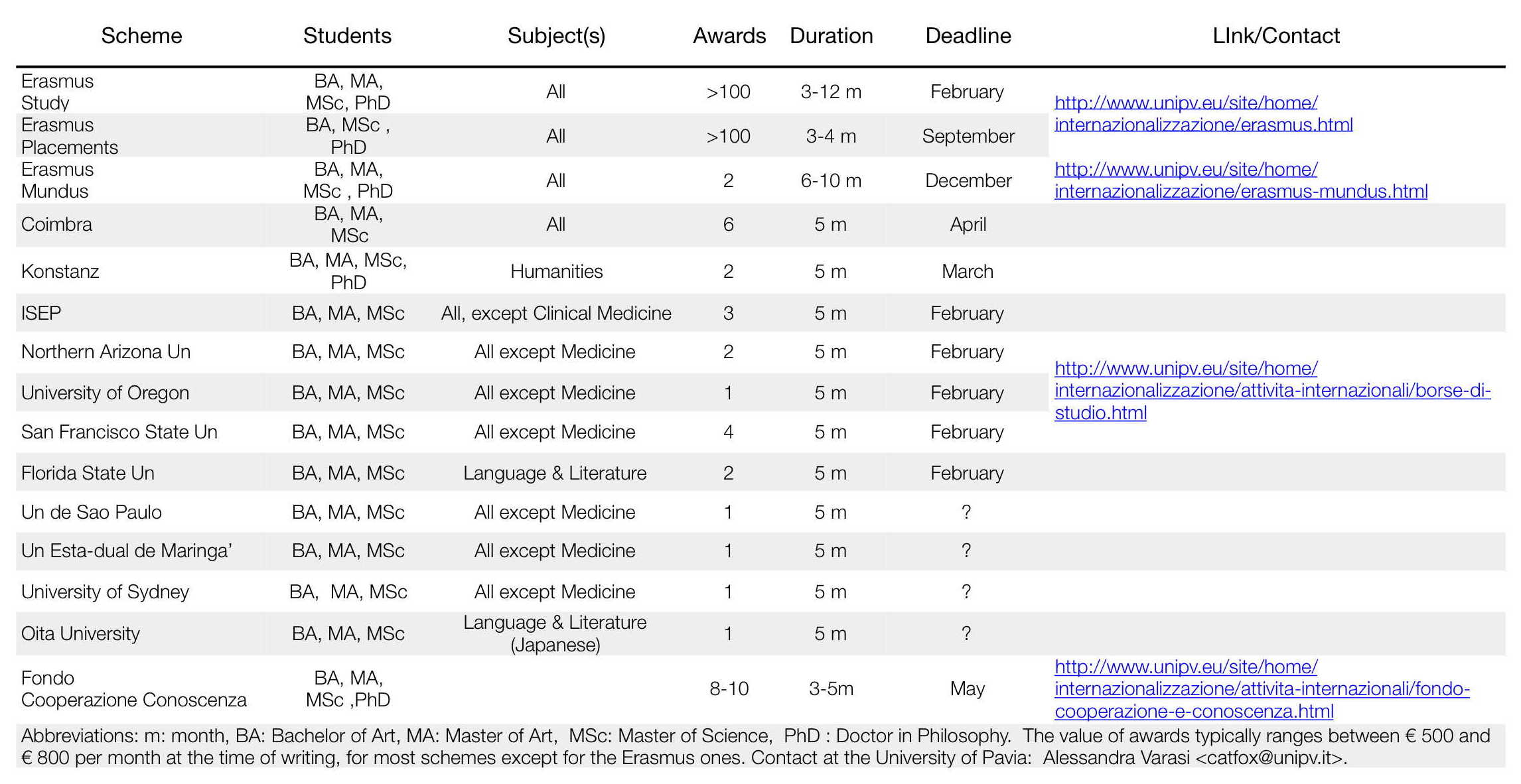
Dining Halls
Edisu manages directly two students’ dining halls that provide food and drinks at lunch time and/or dinner time to students registered with the University of Pavia, visiting students and University staff. In addition, EdISU has agreements in place with several other restaurants/ dining halls that provide food and drinks at the same price of the EdISU ones. Further details (names, location, contacts and type of food available) are listed below. |
|||||||||||||||||||||||||||||||
|
The details of the students’ dining halls at the University of Pavia are the following:
The cost for a full meal ranges from € 3.30 to € 5.50 depending on the student's income band. Students, in particular the newly arrived ones, may wish to inspect the map of students’ dining halls available on the EdISU website in order to familiarise themselves with the location across town of the dining halls and the best means of transport. They may also wish to check the opening times of the students’ dining halls on the relevant page of the EdISU website. |
|||||||||||||||||||||||||||||||
Alumni
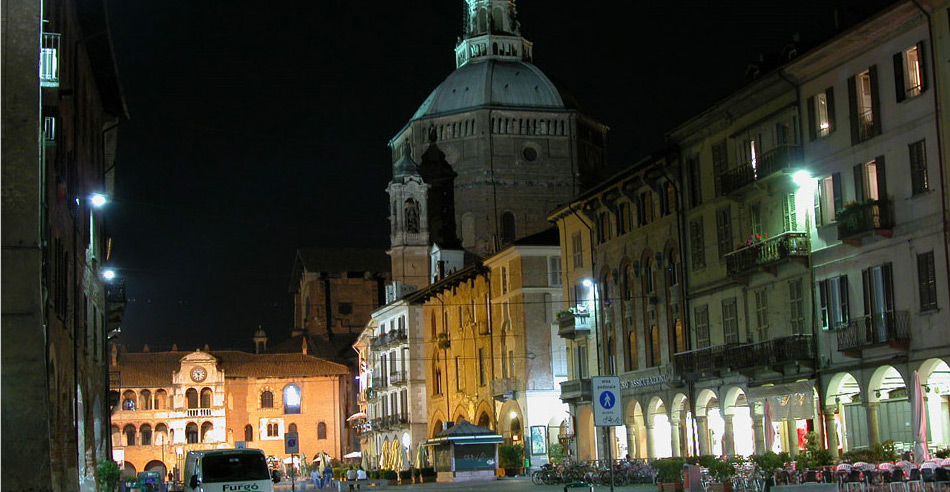 The College is seeking to establish an Alumni Society with former students who are willing to take a broad and long-term interest in the work and development of Volta. The Alumni Society will work closely with the College Master and the Volta Students Union. It will discuss College policy and strategy and submit ideas and topics for discussion in order to strengthen scholarship and enhance the recognition of Volta in Italy and abroad.
The College is seeking to establish an Alumni Society with former students who are willing to take a broad and long-term interest in the work and development of Volta. The Alumni Society will work closely with the College Master and the Volta Students Union. It will discuss College policy and strategy and submit ideas and topics for discussion in order to strengthen scholarship and enhance the recognition of Volta in Italy and abroad.
The legal Constitution of the Volta Alumni Society (VAS) can be downloaded from the respective link (the document is in Italian). Briefly, VAS is a not for profit organisation, whose membership is open to all Volta students who spent at least a full academic year in College. VAS aims to support the College by helping and extending its work in fullfillment of the College mission and increase, consequently, the visibility of the College in Italy and abroad.
At a practical level, members of VAS will hold a general meeting in College once a year, generally in the spring, during which time dates and procedures will be for election of the President, secretary and other members of the executive Committee. The executive Committee, in turn will put proposals to VAS members and College for work in all areas in which College is active. VAS members will pay a small subscription fee in order to cover costs and will be actively engaged in fund raising with the view to extend the budget available in the College as whole for the cultural life of the College, Prize studentships, travel grants, etc...
Summer School in Emergency Medicine
The College is pleased to be associated with the organisation of the International Summer School in Emergency and Disaster Medicine. The School has been organised by Giovanni Ricevuti of the Department of Internal Medicine of the University and will take place from Monday the 2nd until Friday the 6th of September 2013. A detailed programme and the application form are available on the school website.
Lectures and demonstrations cover metabolic and toxicologic emergencies (Sep 2nd), neurologic emergencies caused by strokes or brain tumours or infectious agents (Sep 3rd), the use of ultrasounds in emergency medicine (Sep 4th), emergencies caused by heart or lung failures (Sep 5th) and disaster medicine, ie medical interventions and management of major natural and human-made catastrophes (Sep 6th).
Lectures take place mainly in College or at the neighbour Institute Casimiro Mondino of Clinical Neurology and are offered by medical staff from the Hospitals San Matteo in Pavia, the Hospital Santi Antonio e Biagio e Cesare Arrigo in Alessandria, the Hospital Sant' Anna in Como, the Institute Mondino, the regional Emergency Services (Lomardia), the Italian Military Red Cross and the Italian Military.
More...
Porters' Desk
Students Welfare
University students have a very busy life, both socially and academically and it is a well established fact that a significant number of students experience periods of stress or depression throughout their time at University. The College feels a duty to offer support to such students and is exploring effective procedures.
Volta is committed to support the well being of College students in any possible way. College students have access to an internal helpline "This email address is being protected from spambots. You need JavaScript enabled to view it. " through which they can seek preliminary advice, anonymously if they prefer, and students may are assured that College will handle any such enquiry in the strictest confidentiality.
The College also encourages its students to seek advice and counselling from the service that the University provides on matters of stress management, depression, alcohol, drugs and any other matter that may affect students' well being and academic performance. The service is currently operated by Paola Roberta Ferrari, a psychologist who works from the Centro di Orientamento of the University. Paola confirmed in a recent meeting that she will schedule an appointment with any student who is in need of support and who approaches her. This is a valuable service that Volta students are encouraged to seek and access when in need.
Reports 2012/13
Six of the postgraduates and post-doctoral fellows who lived and studied in College during the academic year 2012/13 have requested confirmation of their College placements for 2013/14. They include a PhD student registered with the University of Pavia (M Kissova), a visiting PhD student (F Da), two postgraduate research fellows (C Manieri and MC Renna), a postgraduate medical student (C Sgarlata) and a post doctoral fellow (M Caricato).
Marco Caricato, post-doctoral fellow, Synthetic Chemistry
(supervisor: Dario Pasini, Department of Chemistry)
The objective of my research is the incorporation of BINOL-based molecular modules, acting as a “robust” source of chirality, into homochiral, shape-persistent macrocycles, in which self-recognizing units are present in the molecular backbone in order to assemble helical nanostructures. Constructing abiological helices might have potential applications in the area of chiral separation, asymmetric catalysis and electrooptic materials.[1] The host-guest properties of such compounds might also lead to innovative systems for the selective transport across membranes. More specifically, I have synthesized and characterized a series of novel optically-active macrocycles, obtained from a 3,3’-dimethanol-1,1’-binaphthyl (with different group in 2,2’ position) and phenyl dicarboxylic acids via esterification reactions, amidation or click chemistry.[2] The hydrogen bond of the carboxylic acid functionalities in macrocycles 1 and the coordination bond with ligand PdCl2(CH3CN)2 of the piridine in macrocycles 2 should yield chiral supramolecular nanotubular polymers. Moreover the first two macrocycle is used as chiroptical sensor for metal like Zn, Ni and Cu (1) or Pd (2) anion. The macrocycle 3 instead is used as chiroptical sensor with anion like halogen, carbossilate, (+) and (-) mandelate, etc.
[1] D Pasini, M Ricci, Curr Org Synth 4:59, 2007 [2] a) M Caricato, C Coluccini, D Dondi, DA Vander Griend, D Pasini, Org Biomol Chem, 8:3272, 2010. b) S Colombo, C Coluccini, M Caricato, C Gargiulli, G Gattuso,* D Pasini, Tetrahedron, 66:4206, 2010. c) C Coluccini, D Dondi, M Caricato, A Taglietti, M Boiocchi, D Pasini,* Org Biomol Chem, 8:1640,2010.
Feng Da, Visiting PhD Student, Microelectronics, yr 2
(supervisor: Franco Maloberti, Department of Electrical, Computer and Biomedical Engineering)
My research activity is on the analysis, design, integrated implementation and experimental verification of an advanced analog-to-digital converter for software-radio applications (for car radio). The activity uses a state-of-the-art CMOS technology made available by the semiconductor company ST Microelectronics in the frame of a research project with the Franco Maloberti’s laboratory at the Department of Electrical, Computer and Biomedical Engineering. The research activity leads to an innovative scheme of third order sigma-delta modulator with two op-amps, capable to achieve more than 12-bit of resolution for 640MS/s and a 20MHz signal band. The scheme is competitive with state-of-theart results for power consumption (the design goal is FoM < 100 fJ / conv). My research on preliminary study, architecture definition and simulations of the Simlink model in Matlab and the VerilogA mode in Cadence at the behavioral level and simulations at the transistor level already obtained satisfactory results, including the verification of innovative ideas on the noise transfer function and the architectural implementation.
The results of my research activity are considered advanced and industrially relevant, as stated by manager and designers of ST Microelectronics. Now I am doing the layout of the two-path sigma-delta modulator. Up to now most of the layout work has been finished. All the tapeout work is planned to be completed in November this year. Besides, in order to enhance the immunity to clock jitter noise in continuous-time (CT) sigma-delta modulator, while relaxing significantly the request of the op-amp slew rate so as to preserve the benefits of a conventional CT DAC, a current mode DAC based on capacitors for CT Sigma-Delta modulators is proposed. The corresponding research results have already been written in the paper listed below.
Da Feng, F. Maloberti, Sai-Weng Sin, Seng-Pan U, R.P.Martins,
“Jitter-Resistant Sine-wave shaped DAC for Continuous-Time Sigma-Delta Modulators”, has submitted to IET Electronics Letters.
Miroslava Kissova, PhD Student, Drug Discovery, yr 2
(supervisor: Giovanni Maga, CNR Institute of Molecular Genetics)
I am a PhD student working in the Laboratory of Molecular virology and DNA Enzymology of Giovanni Maga at the Institute of Molecular Genetics of the National Research Council (CNR) in Pavia. My research project is aimed on the discovery and characterization of novel tyrosine kinase inhibitors for molecular targeted anticancer therapy. This project is running in the long-lasting collaboration with the laboratory of pharmaceutical technology department directed by Maurizio Botta (University of Siena). Tyrosine kinases (TKs) are a family of enzymes which specifically catalyze phosphorylation of tyrosine residues in target proteins. Phosphorylation of proteins by kinases is an important mechanism in communicating signals within a cell.
TKs are important mediators of the signaling cascades, determining key roles in different biological processes such as cellular growth, differentiation, metabolism and apoptosis. Although their activity is tightly regulated in normal cells, they may acquire transforming functions due to mutation, overexpression and auto/paracine stimulation, causing tumours. In our laboratory, we focus on the study of ABL and SRC kinases. It has been well established that Bcr-Abl oncoprotein is the causative agent in chronic myeloid leukaemia (CML) pathogenesis. Numerous human malignancies (tumours of lung, prostate, breast, colon, pancreas and neuroblastoma) display the increased expression and activity of SRC suggesting that SRC is intimately involved in oncogenesis. Moreover, SRC and ABL kinases cooperate in CML pathogenesis.
The major problem of treating these diseases is the emergence of the drug resistance and the toxicity of conventional therapy. Our aim is to develop the specific non-toxic dual inhibitors (vs. ABL and SRC), which can overcame this resistance. By combination of molecular modelling and combinatorial chemistry techniques, our research group has recently synthesized and tested potential dual Bcr-Abl/SRC inhibitors with notable antiproliferative and pro-apoptotic activity. What is more, several of these compounds are able to inhibit a mutated form of ABL (T315I), for which no cure is available on the market. Currently, the effects of these inhibitors are being tested on the human cell-lines to be then possibly advanced into clinical trials. Neuroblastoma represents the most common extra-cranial paediatric solid tumour for which no specific FDAapproved treatment is currently available. In this regard we identified inhibitors capable of inhibiting (at low nanomolar concentration) the growth and invasiveness of Neuroblastoma tumour cells without affecting healthy cells.
Caterina Manieri, Postgraduate Research Fellow, Stem Cell Biology
(supervisor: Maurilio Sampaolesi, Department of Public Health, Experimental Medicine and Forensic Medicine and University of Louvain)
Induced pluripotent stem cells (iPSCs) are considered to be important due to their similarity with human embryonic stem cells (hESC). iPSCs alleviate ethical concerns about using hESC and can be differentiated in any types of adult cells such us cardiomyocytes providing an unlimited source of them. Plus, patient-specific cardiomyocytes that are immunologically compatible can be created. Several cardiac differentiation protocols have been described in the literature but they suffer of low efficiency and reproducibility. The aim of this study is to differentiate pluripotent stem cells into cardiomyocytes. Minicircle DNA vector technology represents an alternative approach to viral methods for generating induced pluripotent stem cells (iPSC). Minicircles are episomal DNA vectors that lack a bacterial origin replication and no longer contain antibiotic resistance markers. Minicircles provide for a transient expression of transgenes without the risk of immunogenic responses. We transfected fetal fibroblasts and fetal myoblasts by minicircles DNA constructs containing LGNSO (lin28, GFP, NANOG, Sox2, Oct3/4) and/or miRNA clusters, both capable of reprogramming somatic cells.
In a project carried out in M Sampaolesi's laboratory at Louvain, we performed pilot experiments to determine the efficiency of several transfection/nucleofection protocols on adult fibroblasts, fetal fibroblasts and myoblasts although we performed the transfection with minicircles on the fetal cells. Transfection efficiency was monitored by the fluorescence signal derived from Green Fluorescent Protein (GFP). We evaluated cells’ viability and GFP signal by FACs Analysis, visual analysis, microscope examination and cell counting. We treated cells with specific culture media to ‘reprogram’ cells to iPSCs obtaining some cells that gradually changed their morphology and we monitored them for emerging small clusters with iPSCs-like shape. Further protocol optimisation is needed to pave the way for efficient and reproducible nonviral methods for iPSCs generation.
Two procedures, spontaneous differentiation protocols and directed differentiation have been used to differentiate cardiomyocytes from ESC and iPSC. By evaluating the percentage of beating clusters we found that spontaneous differentiation protocols worked with a low efficiency on both ESC and iPSCs while directed differentiation worked only with ESC at a high efficiency even using a timed and sensible growth factor cocktail. Furthermore the cells we have created have been studied by gene expression analysis and immunohistochemical analysis that showed a different expression of cardiac and pluripotency markers. Although different aspects still need to be improved, the results of this study contribute to open new avenues for human in vitro cardiac models physiologically and clinically for drug screening and regenerative medicine study.
M Concetta Renna, Postgraduate Research Fellow, Leukaemias
(supervisor: Mario Cazzola, Department of Molecular Medicine)
In the academic year 2012/13 I did a post-graduate internship at the “San Giorgio” medical laboratory located in San Genesio ed Uniti (Pv). Here I learned clinical analysis techniques in hematology, clinical chemistry, immunoassay, allergology, coagulation, serology and urine and sediment analysis. I learned the use of the following analysis tools: “Abbott Architect, Abbott Cell-Dyn Ruby, Immulite 2000 Medical System, Thrombolyzer, Chorus Diesse, Tosoh G8, Vidas Biomeneux and Director Menarini.” I also learned elements of microbiology. This experience was very important to me and has significantly contributed to my scientific training and I hope that what I have learned may be useful for my job in the future.
From the beginning of June I started a research project entitled “Identification of new therapeutic targets in chronic myeloproliferative neoplasms through an integrated biomolecular approach” in Mario Cazzola’s laboratory (Unit of Haematology, Department of Molecular Medicine). My work consists in the study of the molecular basis of the myelodysplastic and myeloproliferative disorders for the development of new diagnostic and therapeutic strategies. The studies are conducted in collaboration with Jacqueline Boulwood (Oxford Molecular Haematology Unit), the Karolinska University Hospital in Stockholm and the Heinrich-Heine University in Duesseldorf. In particular we are studying Jak2 gene mutations which play a role in the pathogenetic mechanism of these disorders.
These disorders include chronic myelomonocytic leukemia, atypical chronic myeloid leukemia (BCR-ABL1 negative), juvenile myelomonocytic leukemia, and myelodysplastic/ myeloproliferative neoplasms, unclassifiable. In 2005 by studying loss of heterozygosity (LOH) of chromosomes 9p our research group found that most patients with MPN carry the JAK2 (V617F) mutation. This somatic gain-of-function mutation provides a proliferative advantage leading to clonal proliferation of hematopoietic cells. Our research focuses on myelodysplastic/myeloproliferative neoplasms of adulthood, and in particular on chronic myelomonocytic leukemia. Using high resolution SNP microarrays we are analyzing the genomic aberration that underlie leukemic transformation in familial MPN. Finally we are participating in clinical trials on the use of JAK2 inhibitors for treatment of patients with MPN. Recent studies have partly clarified the molecular basis of MPN, laying the groundwork for the development of molecular diagnostic and prognostic tools.
Carmelo Sgarlata, Postgraduate Medical Student. Diseases of the elderly, yr 1
(supervisor: Sebastiano Bruno Solerte, Department of Internal Medicine)
In July 2012 I began my experience at the postgraduate medical school in Geriatrics at University of Pavia working at the Orthogeriatrics Department at “Humanitas Hospital” in Rozzano. This gave me the opportunity to mature professionally gave me responsibility for taking care of patients with hip fracture and applying novel and more effective protocols based on the” orthogeriatrics model”. Hip fracture is a common serious clinical problem affecting elderly people, which is associated with high morbidity and mortality. Older adults with hip fracture have a 5 to 8 fold increased risk for all cause mortality and much higher risk of institutionalisation. Therefore, interventions aimed at prevent institutionalisation, preventing a second fracture in institutionalised patients and decrease mortality after a hip fracture are highly needed. The orthogeriatrics model of care that we applied at the Orthogeriatric Department in Rozzano is a shared-care approach. This program includes a comprehensive medical and nursing admission assessment focusing on the patient's premorbid function, cognition, comorbidities, and risks and is followed by a comprehensive care plan design. In conclusion the time spent at Humanitas Hospital has been a positive experience for me and I am sure it will be useful in my future working life.
From December 2012 to March 2012 I worked at a specialist rehabilitation Centre, namely the “Santa Margherita Geriatrics Institute” in Pavia where I worked primarily in rehabilitative care. Rehabilitation of elderly patients can assist in preserving functional independence and improving the quality of life. I learned the general principles of rehabilitation and that the assessment and management of an individual patient are best performed by a team approach, ie by a team including a physician, rehabilitation nurse, physical therapist, occupational therapist, psychologist, medical social worker, and recreational therapist. From April to May 2013 I worked in the Division of Pneumology of the San Matteo Hospital in Pavia. Here I learned procedures such as endoscopic examinations of lung and thoracentesis as well as the use of devices for assisted ventilation. Later, from May to June I worked at the Department of Internal Medicine of San Matteo where I gained experience primarily in cardiology and diabetes care.
Regarding my research activity during the year I focused mainly on aging and on the development of new models for improving the effectiveness of care in geriatrics, for example, through the drafting of a protocol for the prevention of falls in the hospitalized elderly. In November 2013, I will give a paper at the Italian Geriatrics Society Congress of which I am member. I am also involved in a project called “Autumn flowers” for the support to family members of patients with Alzheimer's disease. I want to conclude by thanking all the people who have helped me to grow professionally and humanly in this year and by expressing my involvement and support for the “Volta Medical Society” at Collegio Volta. This Society has been created with the aim to promote discussions on medical topics of broad interest and advances in medical sciences with strong implications for society. I am a proud member of the Society and I hope it will grow successfully in future also through my contributions.
College Placements
EdISU is in charge for the funding and management of 9 University Colleges (Cairoli, Cardano, Casti-glioni, Fraccaro, Griziotti, Spallanzani, Valla, Volta and Giasone del Maino) and 2 Halls of residence (Residenza Golgi 1 and 2) in Pavia. EdISU is also responsible of a further Hall of residence (Quartier Nuovo) for Music students in Cremona, the city in which the School of Music of the University of Pavia is based.
Approximately 2,500 students studying at the University of Pavia live in Colleges or Halls of residence. Four such Colleges (Borromeo, Ghislieri, S Caterina and Nuovo) are supported directly by the Italian Ministry for Education and two of these (Borromeo and Ghislieri) also have significant income from the College endowment. Well over 2,000 of the students who study at Pavia and live in College, however, live in Colleges or Halls of residence funded and managed by EdISU, a body constituted in 2007 by the University and local (regional) government in order to widen access to Higher Education.
Each year several hundred new students are admitted to EdISU Colleges and Halls of residence. Admission is competitive and criteria for eligibility for 1st year students include the results of the examination at the end of the pre-University school (> 70/100) and family income. Criteria for eligibility in higher years are the results of examinations, measured by a cumulative number of credits (exemptions) and average exam score.
EdISU Colleges and Halls of residence offer a range of facilities including libraries, computer and study rooms and sport grounds. The majority of EdISU Colleges and Halls of residences are located in the centre of Pavia and several (Cairoli, Castiglioni and Fraccaro) occupy beautiful historical buildings. Four Colleges/Halls of residence (Griziotti, Volta and Residenza Golgi 1 and 2) are located on the edge of the city, and three of them are located either close to (Residenza Golgi 1 and 2) or within (Volta) the University campus.
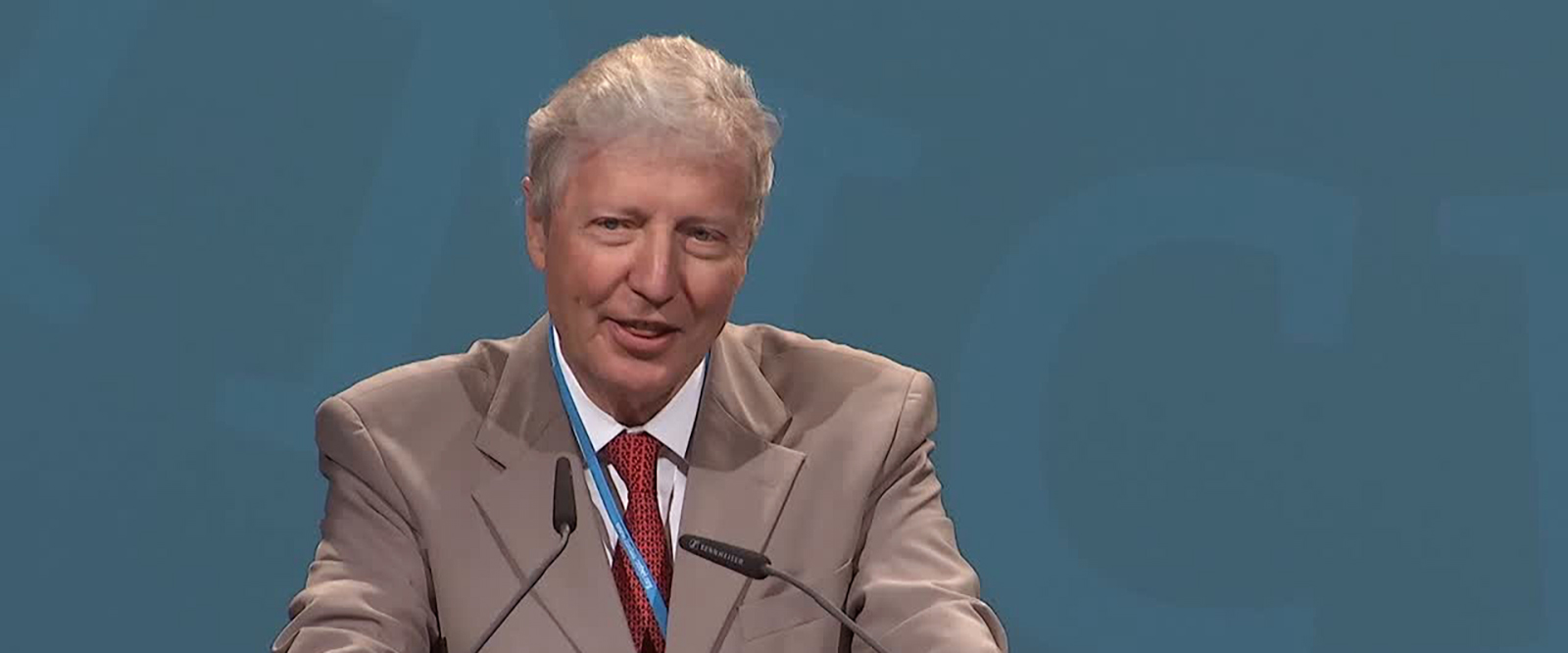
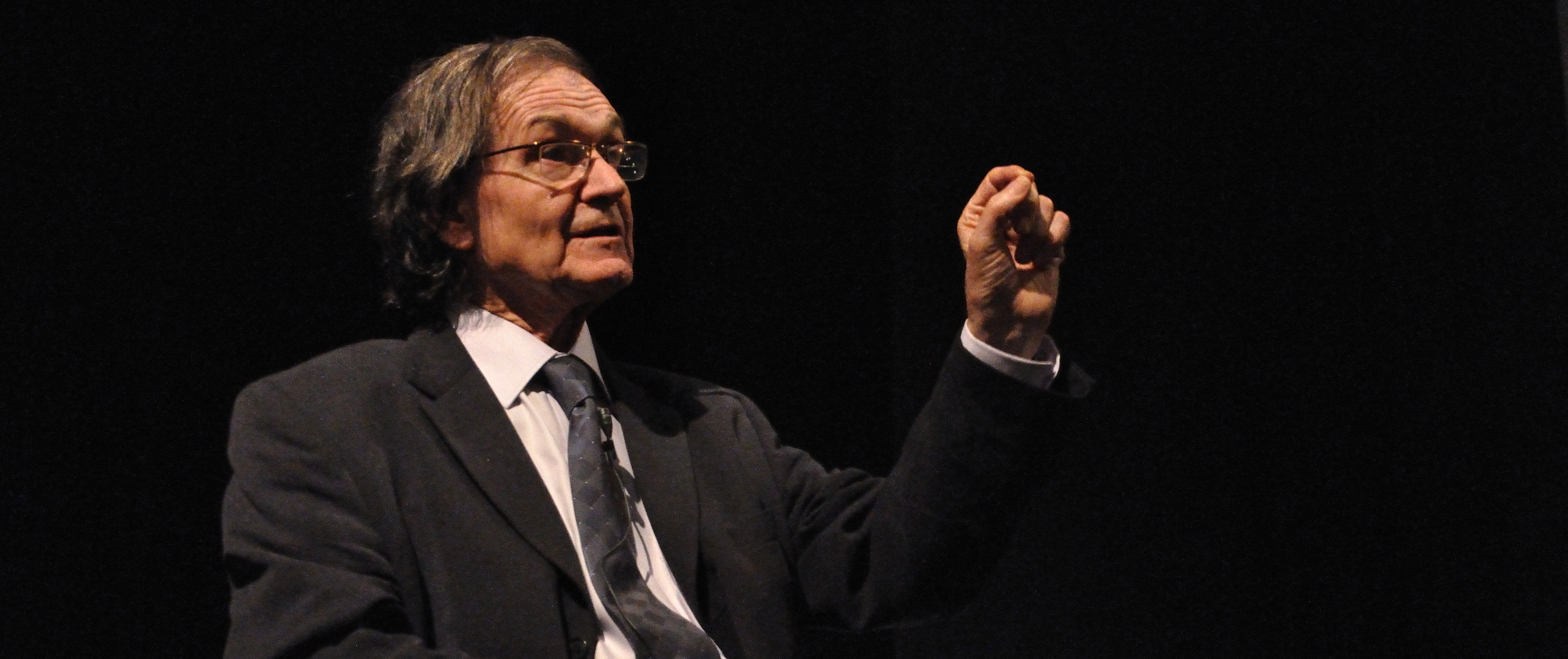
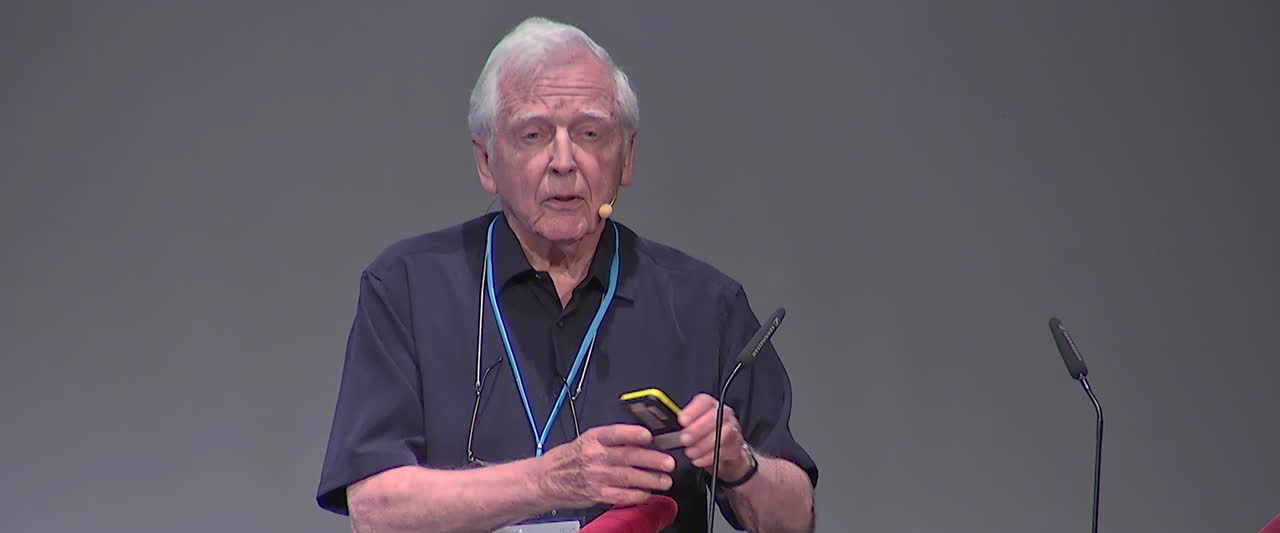
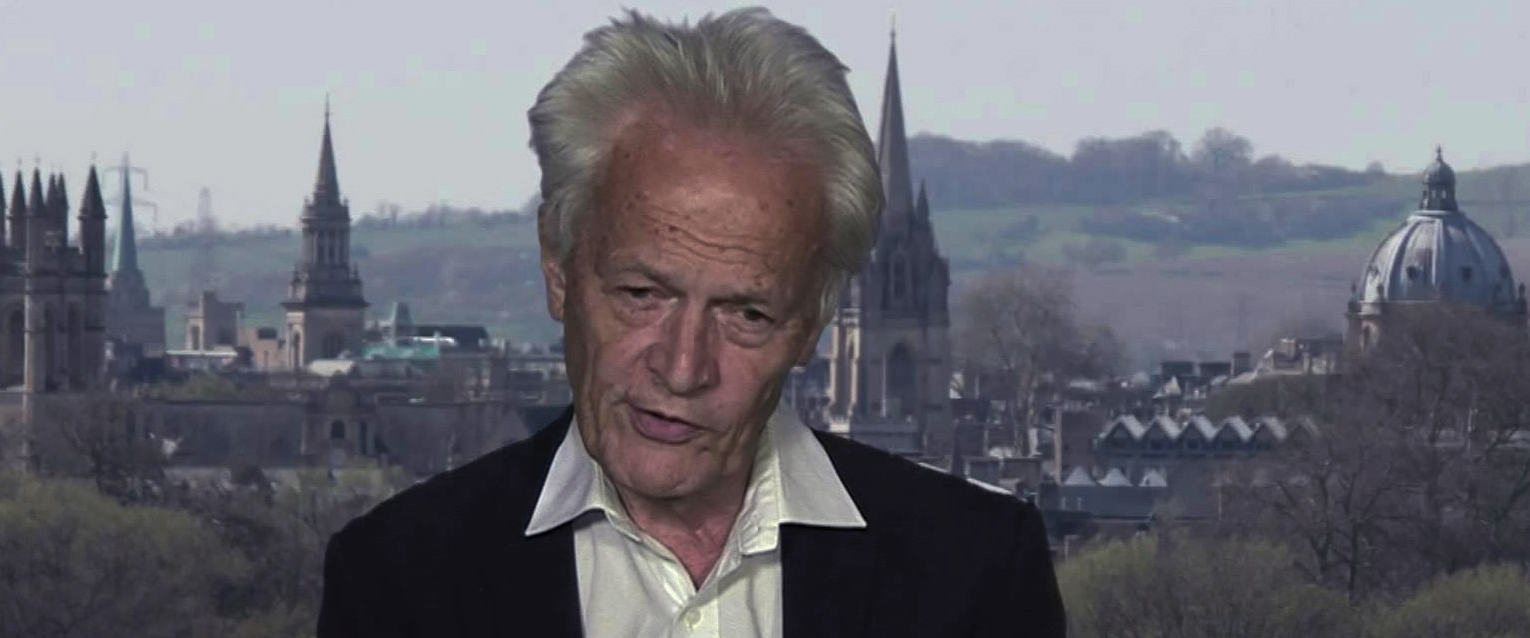
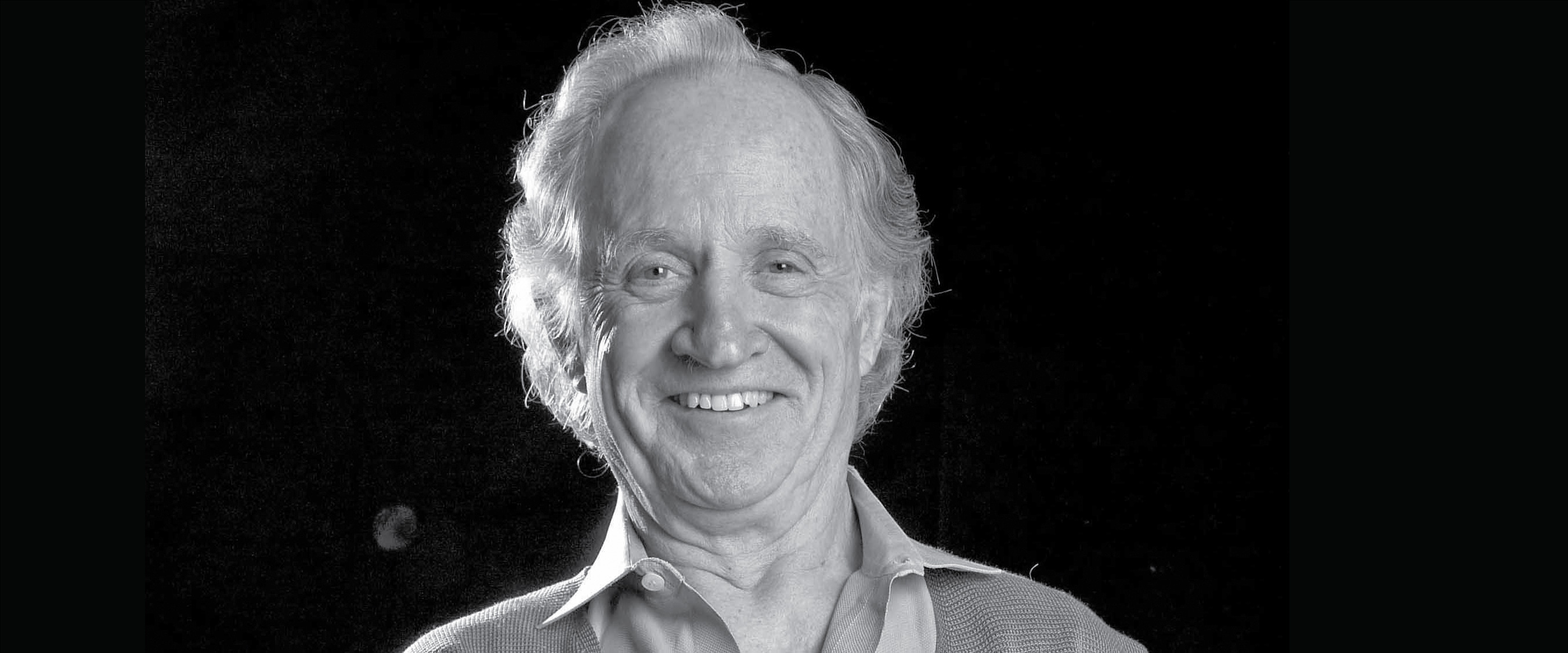
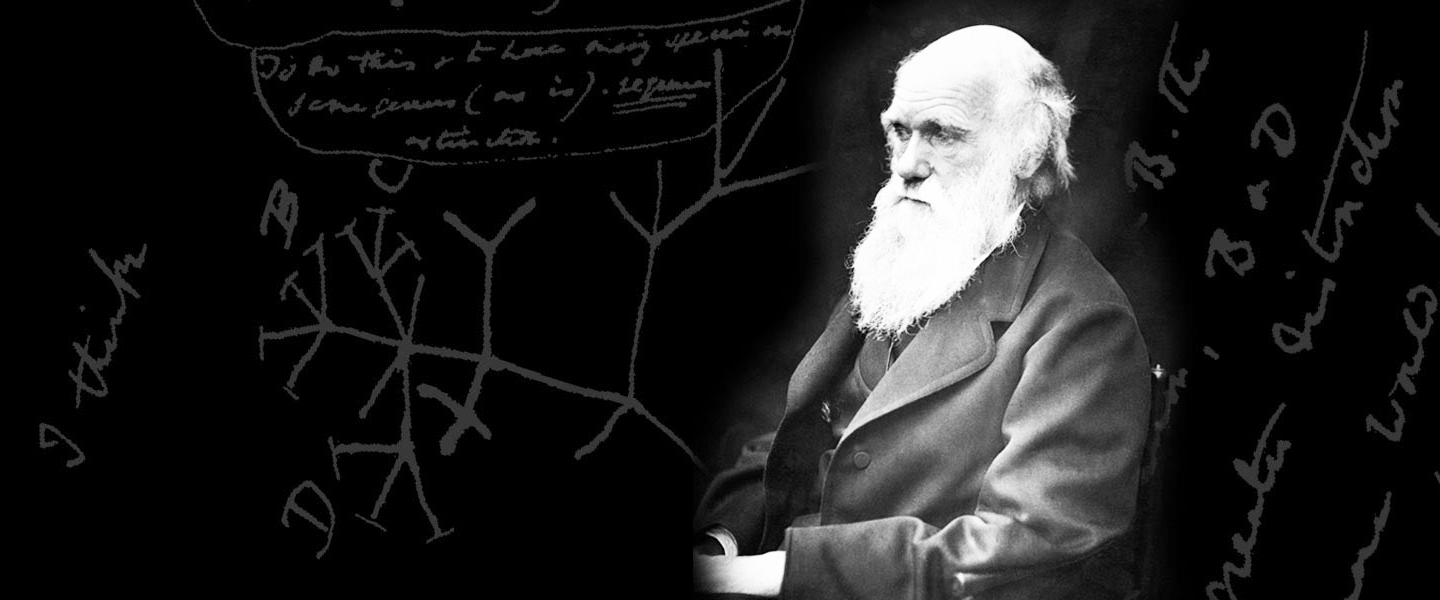

























 Articles
Articles